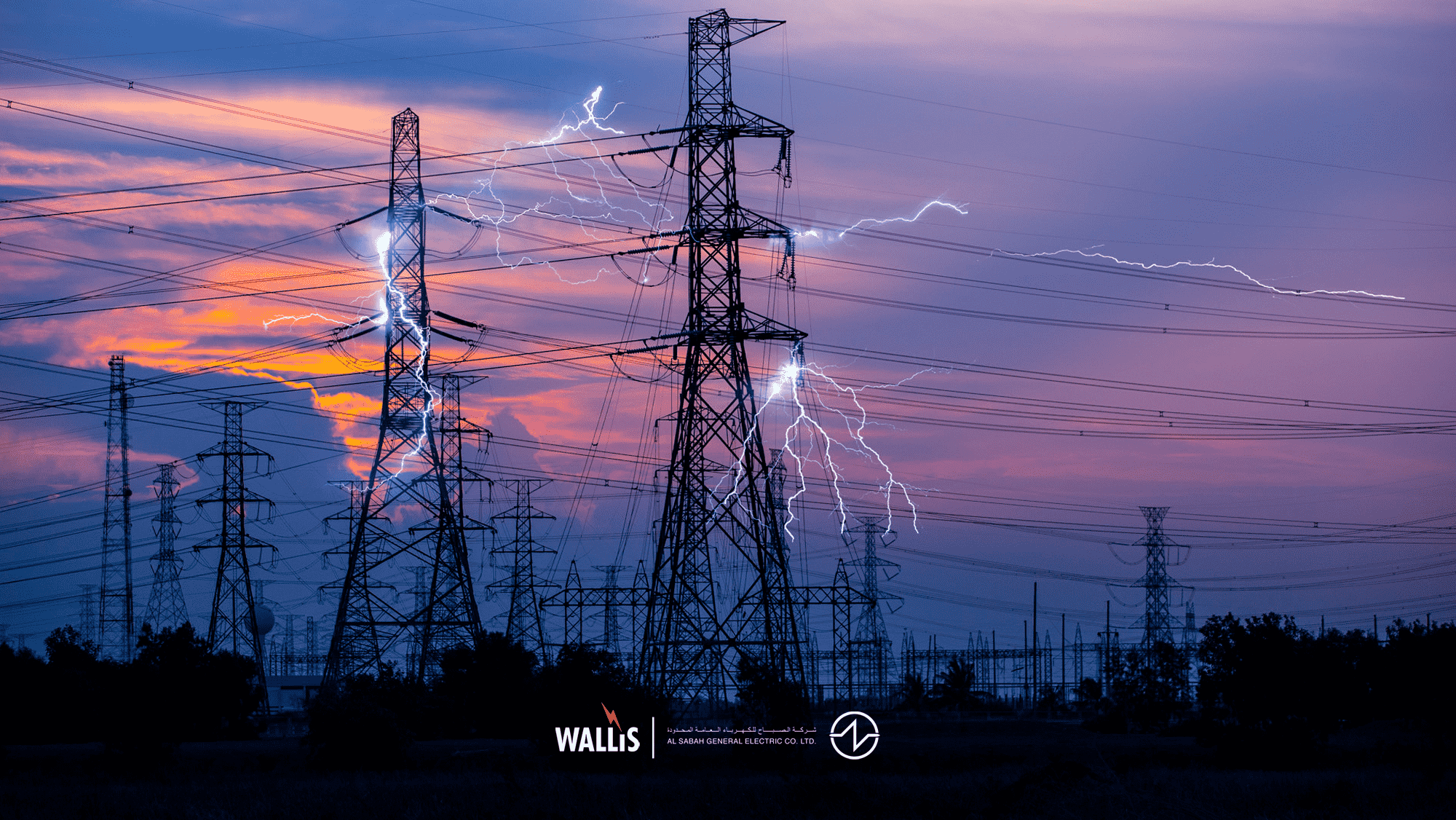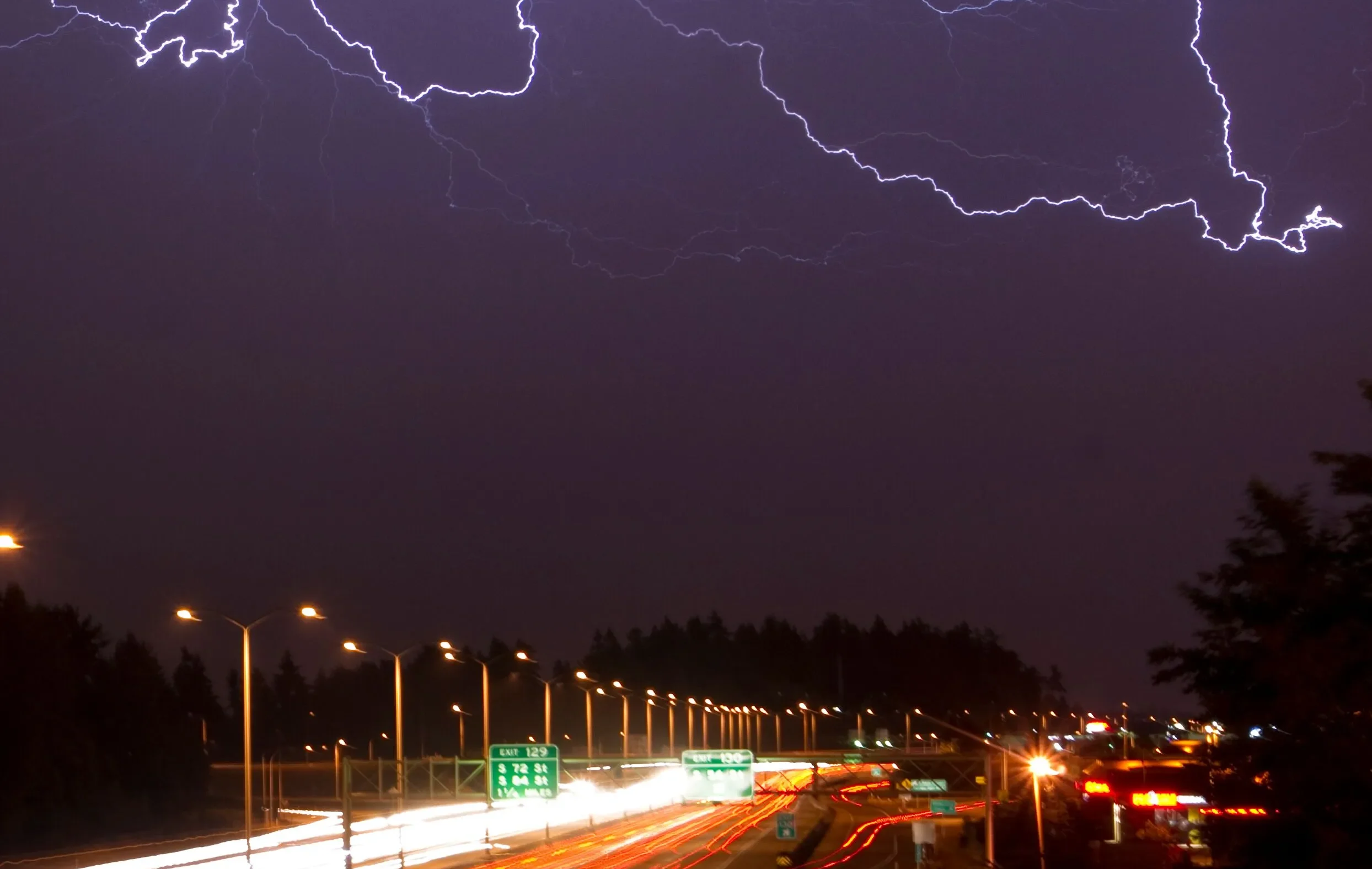Thunder arrestors, commonly known as lightning arresters, are crucial devices in safeguarding electrical systems from the devastating impacts of lightning and other voltage surges. These devices are engineered to protect not only the physical infrastructure but also the operational integrity of electrical networks, ranging from residential to industrial scales. The following sections delve into what thunder arrestors are and why they are indispensable in modern electrical systems.
What is this article talking about?
The Importance of Thunder Arrestors
In today’s technologically driven world, the robustness and reliability of electrical systems are paramount. Thunder arrestors play a vital role in ensuring that both everyday operations and sophisticated electronic systems function without disruption due to electrical surges. The importance of these devices can be understood through various lenses:
Protection of Valuable Assets: Thunder arrestors protect costly and vital equipment from damage caused by electrical surges, thereby saving organizations from expensive repairs and downtime.
Enhanced Safety: By preventing fire hazards and other risks associated with electrical surges, thunder arrestors significantly enhance safety for buildings, industrial plants, and homes.
Regulatory Compliance: Many industries are required by law to install adequate surge protection devices to meet safety standards and insurance requirements. Thunder arrestors help fulfill these legal obligations.
System Longevity: Regular exposure to electrical surges can degrade the quality and lifespan of an electrical system. By mitigating these surges, thunder arrestors contribute to the longevity and efficiency of these systems.
How Thunder Arrestors Work?
Understanding how thunder arrestors work is key to appreciating their value in protecting electrical systems. The operation of these devices is based on simple yet effective electrical principles and involves several critical components. Below, we explore the basic operating principles and the key components that make thunder arrestors an essential safeguard.
Basic Principles of Operation
Voltage Detection: Thunder arrestors are designed to remain inactive under normal operating conditions and become active only when a voltage surge occurs.
Energy Diversion: Upon detecting a surge, the internal resistance of the arrestor changes momentarily from high to very low, allowing the high voltage surge to be redirected safely to the ground. This redirection is facilitated by the unique materials within the arrestor, which can quickly switch properties in response to high voltage.
Resetting Post-Surge: After the surge is safely diverted, the arrestor returns to its original high-resistance state, thus preventing the normal operational current from flowing to the ground.
Key Components of a Thunder Arrestor
Metal Oxide Varistors (MOVs):
These are the most critical components of modern thunder arrestors. MOVs are semiconductors that change their resistance with the voltage applied to them. Under normal conditions, MOVs have a very high resistance, preventing any current from passing through. However, under high voltage, their resistance drops, allowing them to conduct the surge to the ground effectively.
Spark Gap:
In some types of arrestors, a spark gap is used. This is a physical air gap between two electrodes. When the voltage surge exceeds a certain threshold, it ionizes the air in the gap, creating a spark that conducts electricity and diverts the surge through the arrestor to the ground.
Grounding System:
This is an essential component of any lightning protection system. The effectiveness of a thunder arrestor is heavily dependent on the quality of its grounding system. A well-designed ground ensures that the surge is effectively dissipated into the earth without causing harm to the system.
Housing:
The housing contains and protects the internal components of the thunder arrestor from environmental factors and ensures that the device can withstand physical stresses.
Types of Thunder Arrestors
Thunder arrestors come in various types, each designed to cater to specific environmental and electrical conditions. The choice between different types of arrestors depends on factors such as the installation site, the nature of the electrical equipment being protected, and the typical characteristics of electrical surges experienced. Here, we will explore three common types of thunder arrestors: Rod Gap Arrestors, Valve-type Arrestors, and Metal-Oxide Varistors (MOVs).
Rod Gap Arrestors
Rod gap arrestors are one of the simplest forms of surge protection. They consist of two metal rods, one connected to the line that needs protection and the other grounded. The rods are separated by a small gap filled with air:
Operation: When the voltage in the line exceeds a certain level, the electrical charge ionizes the air in the gap, turning it into a conductor. This allows the surge to jump across the gap and flow to the ground, thus protecting the rest of the system.
Usage: Due to their simplicity and cost-effectiveness, rod gap arrestors are often used in environments where the risk and frequency of surges are relatively low. However, they are not suitable for protecting sensitive electronic equipment as they can only react to very high voltages and their response time is not as fast as more modern systems.
Valve-type Arrestors
Valve-type arrestors provide more sophisticated protection and are suitable for higher voltage applications. They consist of a series of stacks made from non-linear resistor discs housed within a protective enclosure:
Operation: These resistors remain non-conductive under normal conditions. During a surge, the voltage across these discs increases to a point where they start conducting electricity, allowing the surge to pass through to the ground, much like a safety valve.
Usage: This type of arrestor is commonly used in industrial applications and power stations where the electrical systems are complex and require robust protection against frequent and potentially high-energy surges.
Metal-Oxide Varistors (MOVs)
Metal-Oxide Varistors are among the most commonly used types of thunder arrestors in both commercial and residential settings:
Operation: MOVs consist of a ceramic mass of zinc oxide grains, sandwiched between two metal plates which act as electrodes. These grains can conduct electricity at high voltages, providing a path for the surge to the ground.
Benefits: MOVs offer a quick response to surges, can handle relatively high currents, and are more precise in their operation compared to other types. They are also relatively compact and can be integrated into various devices.
Usage: Due to their efficiency and versatility, MOVs are used widely in electronic devices, residential surge protectors, and as part of industrial surge protection solutions.

Benefits of Using Thunder Arrestors
Thunder arrestors are an essential component in any electrical system, offering numerous benefits that enhance safety, efficiency, and reliability. Below, we explore how these devices protect against electrical surges, increase overall system safety, and contribute to the longevity and durability of electrical components.
Protection from Electrical Surges
The primary benefit of thunder arrestors is their ability to protect electrical systems from the damaging effects of electrical surges. These surges can be caused by lightning strikes or by fluctuations in the power grid. Key aspects of this protection include:
Direct Strike Mitigation: Thunder arrestors can safely channel the energy from a direct lightning strike to the ground, significantly reducing the potential damage to the electrical infrastructure.
Transient Voltage Control: By managing transient voltages, thunder arrestors prevent spikes from reaching sensitive equipment, thus safeguarding complex electronic devices from voltage-induced failures.
This level of protection is crucial for maintaining the operational integrity of critical systems and can prevent costly downtime and repairs.
Increased Safety for Electrical Systems
Installing thunder arrestors also significantly enhances the safety of electrical systems by reducing the risk of fire and electrocution caused by electrical surges. Important safety benefits include:
Fire Prevention: By preventing the overheating of wires and equipment, thunder arrestors reduce the risk of fire, a common hazard associated with electrical surges.
Personnel Safety: They also protect individuals from potential electric shocks or electrocution during surge events, especially in environments where the risk of sudden electrical spikes is high.
Enhanced safety protocols, supported by the use of thunder arrestors, contribute to a safer working and living environment, ensuring compliance with health and safety regulations.
Installation Locations for Thunder Arrestors
Thunder arrestors can be installed in a variety of settings, each with its own specific requirements and considerations. Whether for residential, commercial, or industrial applications, the placement and type of thunder arrestor can significantly influence its effectiveness. Here’s a breakdown of common installation locations:
Residential Applications
In residential settings, thunder arrestors are typically installed at the service entrance panel or main electrical panel. This location allows them to protect the entire home’s electrical system from surges entering through the main power line. Common residential applications include:
Protection for Home Electronics: Ensuring that devices such as computers, televisions, and home appliances are safeguarded against surges.
Enhanced Home Safety: Preventing electrical fires and enhancing the overall safety of the residence by mitigating surge risks.
Commercial and Industrial Settings
Commercial and industrial environments often require robust surge protection due to the higher power usage and more complex electrical systems involved. Thunder arrestors in these settings are installed at multiple critical points:
Main Electrical Panels: Protecting the entire facility’s power supply.
High-Value Equipment: Specific protection for sensitive or critical machinery and equipment.
Data Centers: Ensuring the integrity and operational continuity of servers and computing equipment.
Special Considerations for High-Risk Areas
Certain locations are more prone to electrical surges due to environmental factors or grid characteristics. For these high-risk areas, special considerations need to be made:
Geographic Susceptibility: Areas with high lightning activity may require more robust surge protection solutions.
Industry-Specific Needs: Facilities like hospitals, data centers, and telecommunications centers, where uninterrupted power is crucial, may need advanced, layered surge protection strategies.
Safety and Standards for Thunder Arrestors
To ensure the effectiveness and reliability of thunder arrestors, adherence to safety standards and regular maintenance are paramount. These components are critical for keeping electrical systems safe and operational over time.
Compliance with International Safety Standards
Thunder arrestors must meet various international and national standards to ensure they provide effective surge protection. These standards govern the design, installation, and performance of surge protective devices. Key standards include:
IEC 62305: International standard for lightning protection.
ANSI/IEEE C62.41: Guidelines for the performance of surge protectors in low-voltage power circuits.
Standard | Description |
|---|---|
IEC 62305 | Provides comprehensive guidance on protection against lightning, including physical damage and life hazard. |
ANSI/IEEE C62.41 | Offers specifications for surge voltages in low-voltage AC power circuits, focusing on surge protector characteristics. |
Regular Maintenance and Inspection
Regular maintenance and inspection are essential to ensure that thunder arrestors continue to function correctly throughout their operational lifespan. Key maintenance actions include:
Visual Inspections: Checking for any signs of physical damage or wear.
Performance Tests: Regular testing to verify that the arrestor can still handle surges effectively.
Grounding System Checks: Ensuring that the grounding connections remain secure and effective.
Final Thoughts on Implementing Thunder Arrestors
Implementing thunder arrestors is not just a technical requirement but a strategic decision that impacts the operational resilience of any organization or household. With the increasing incidence of electrical disturbances, the role of effective surge protection becomes ever more critical. Organizations and individuals must consider not only the immediate benefits but also the long-term security and efficiency gains provided by installing thunder arrestors.
Al Sabah General Electric: Your Trusted Leader in Thunder Arrestor in Kuwait, Saudi Arabia and middle East
Are you ready to safeguard your electrical systems with state-of-the-art thunder arrestors? Look no further than Al Sabah General Electric. As the largest provider of thunder arrestors in Kuwait, Saudi Arabia, and across the Middle East, we are equipped to offer you the best protection available. Our products are designed to meet international safety standards and tailored to withstand the specific challenges of our region.
Contact Al Sabah General Electric today to learn more about our products and how we can help secure your electrical installations with the most reliable thunder arrestors on the market. Don’t wait for the storm to hit—prepare in advance and ensure your electrical systems are protected with Al Sabah General Electric, the region’s top expert in surge protection solutions.





